10 Worst Blood Sugar–Spiking Foods (According to CGM Users)
Posted on May 14, 2025 • 5 min read • 942 wordsCGM data reveals 10 common foods that spike blood sugar. Learn healthier swaps and strategies to stabilize glucose levels naturally.
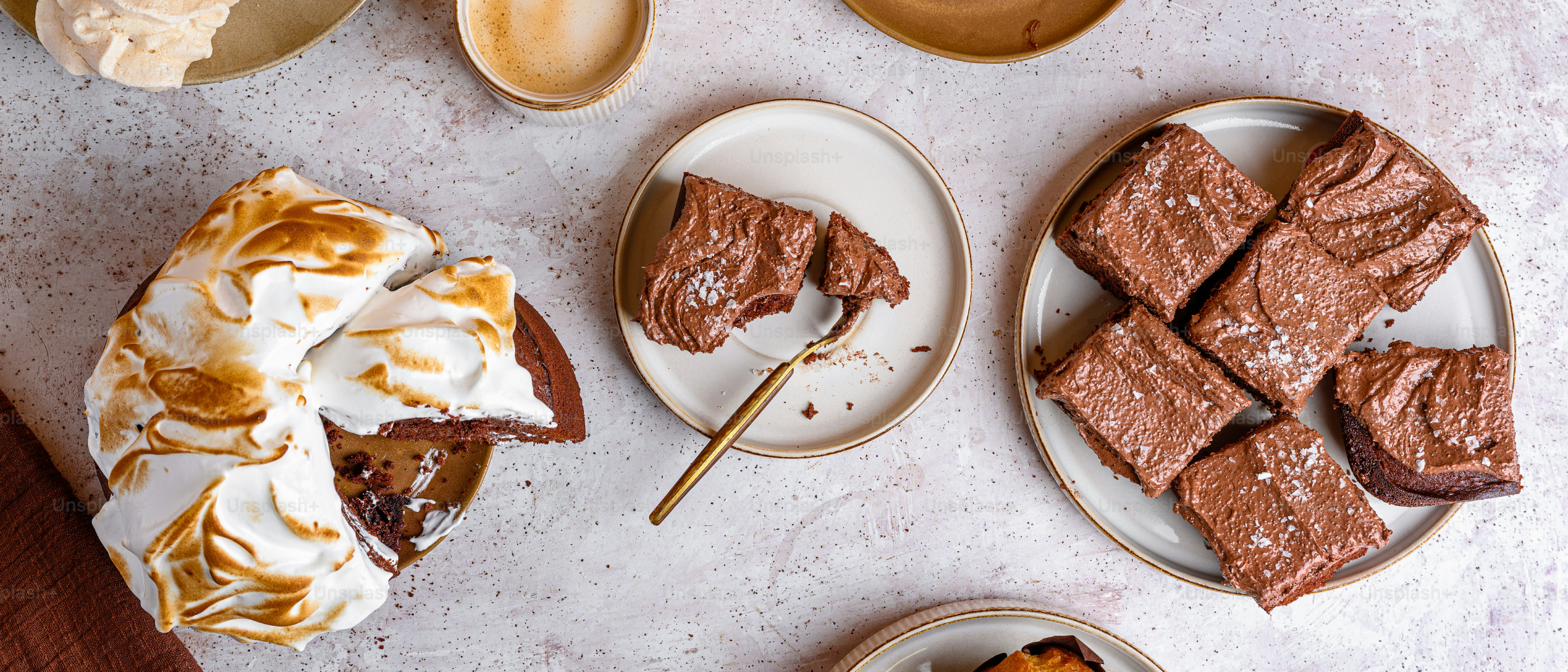
If you’re striving to maintain steady blood sugar levels—whether for energy, mood, weight, or long-term metabolic health—you need to understand how everyday foods affect your glucose response. Real-world data from continuous glucose monitors (CGMs) has revealed surprising culprits. Even foods often labeled as “healthy” can send your blood sugar on a rollercoaster. Let’s walk through 10 of the worst offenders and how you can make smarter choices.
1. Sugary Beverages (Juice, Soda, Energy Drinks)
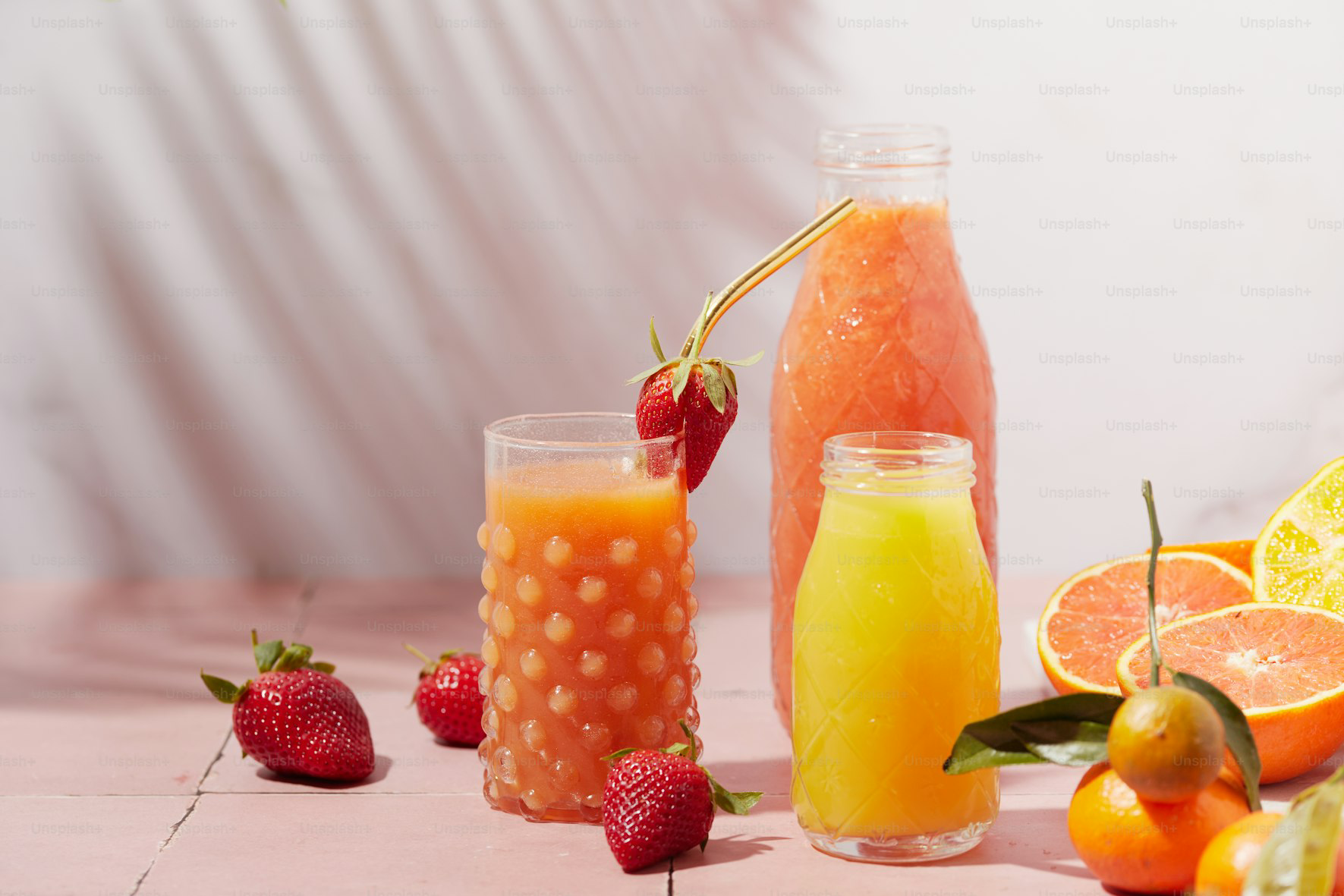
When you drink a glass of fruit juice or soda, you’re consuming pure, rapidly absorbed sugar with virtually no fiber, protein, or fat to slow it down. Your blood glucose spikes quickly—and then crashes. This can leave you feeling sluggish, irritable, or hungry soon after.
Try this instead: Infused water with lemon or berries, sparkling water, or unsweetened herbal tea. If you need something sweet, try a small piece of fruit with protein (like a handful of almonds) to blunt the spike.
2. Pastries, Donuts, and Croissants
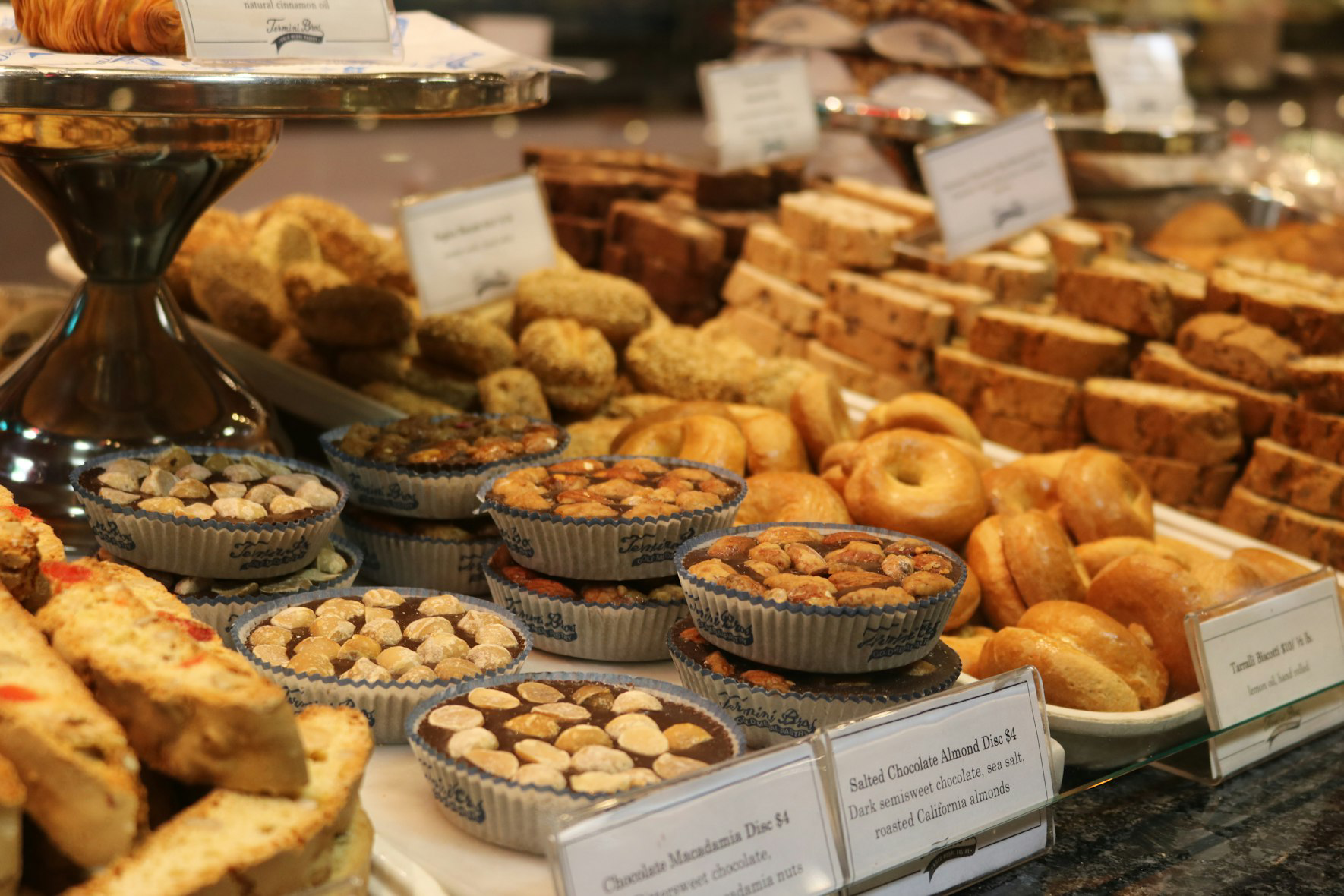
Refined flour and sugar make these treats a double threat to your glucose. The combination of fast-digesting carbs and unhealthy fats creates sustained glucose elevations and often keeps insulin elevated too.
Better option: Opt for a homemade whole grain muffin with added fiber (chia, flaxseed) and protein (Greek yogurt or nuts) to reduce the glycemic impact.
3. White Bread, Bagels, and Toast
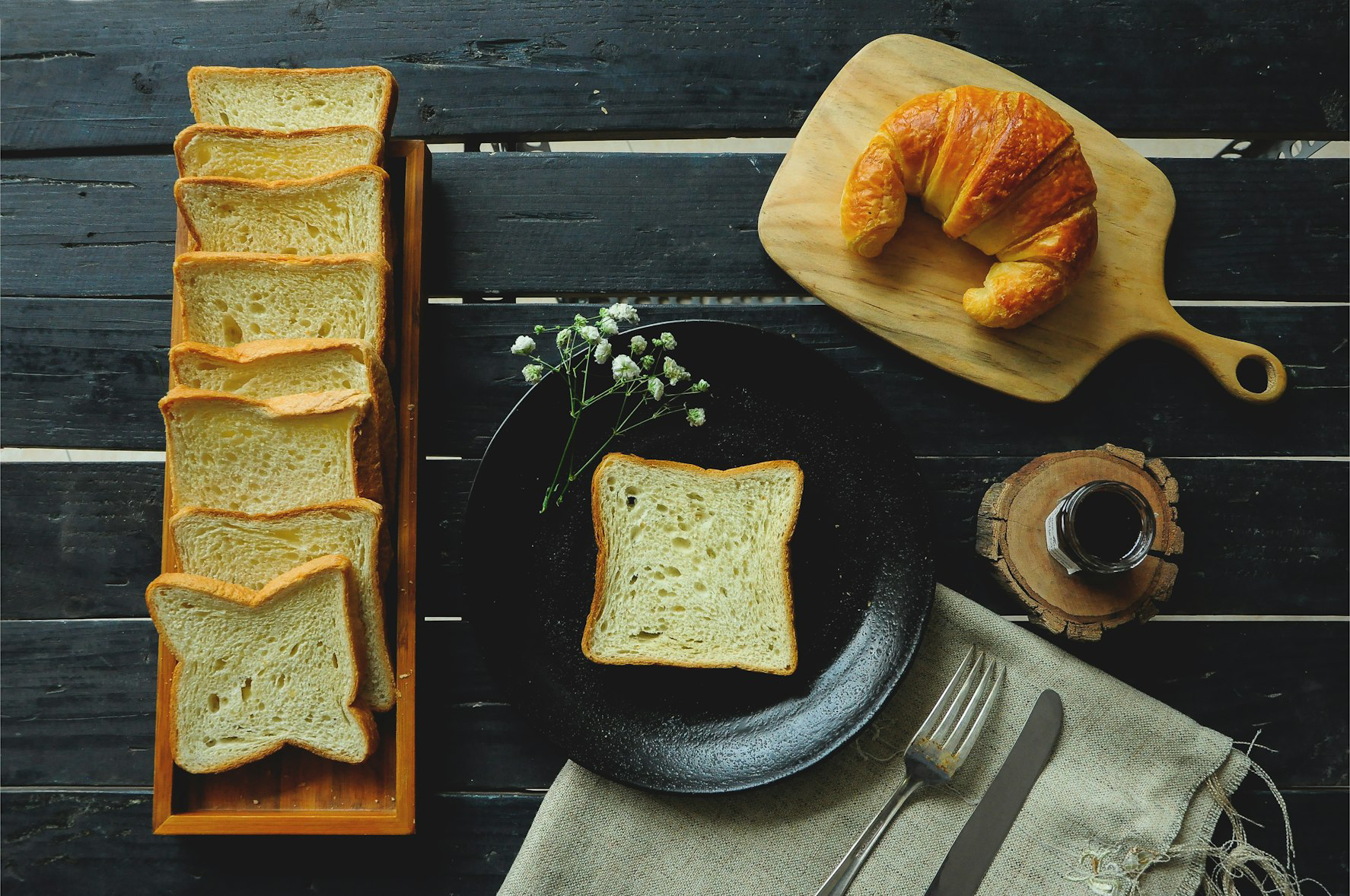
These refined carbs may be a breakfast staple, but they act like sugar once digested. One bagel can have the equivalent glucose effect of 6–7 teaspoons of sugar.
Switch to: Sprouted grain bread or high-fiber, low-carb alternatives. Pair your bread with protein like eggs or avocado to reduce your glucose response.
4. White Rice and Refined Grains
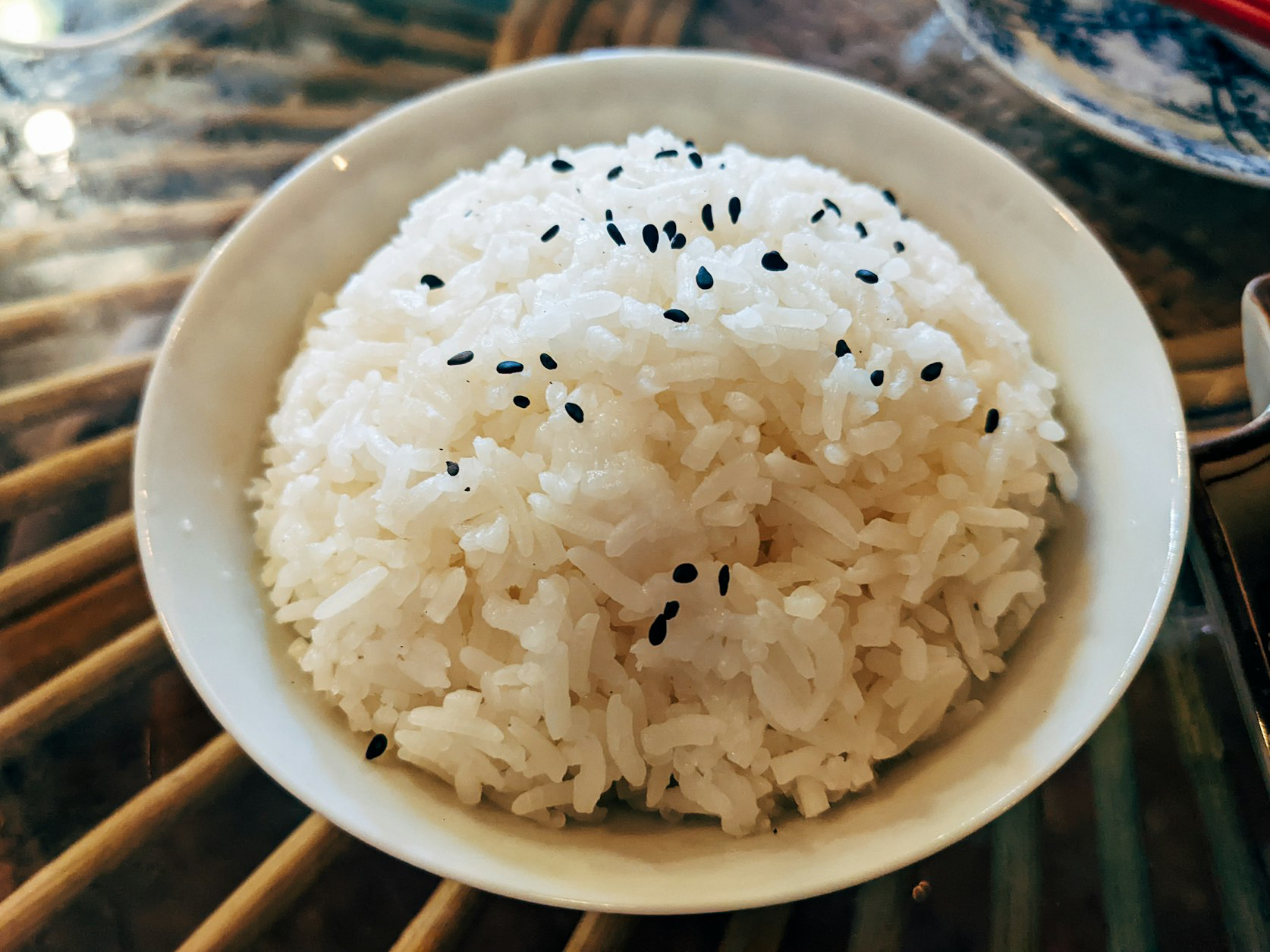
White rice causes large blood sugar swings in most people. It’s digested quickly and offers little fiber to moderate the effect.
Instead: Choose whole grains like quinoa, barley, or cauliflower rice. Adding veggies, olive oil, or beans will help flatten the glucose curve.
5. Ice Cream and Sweetened Frozen Yogurts
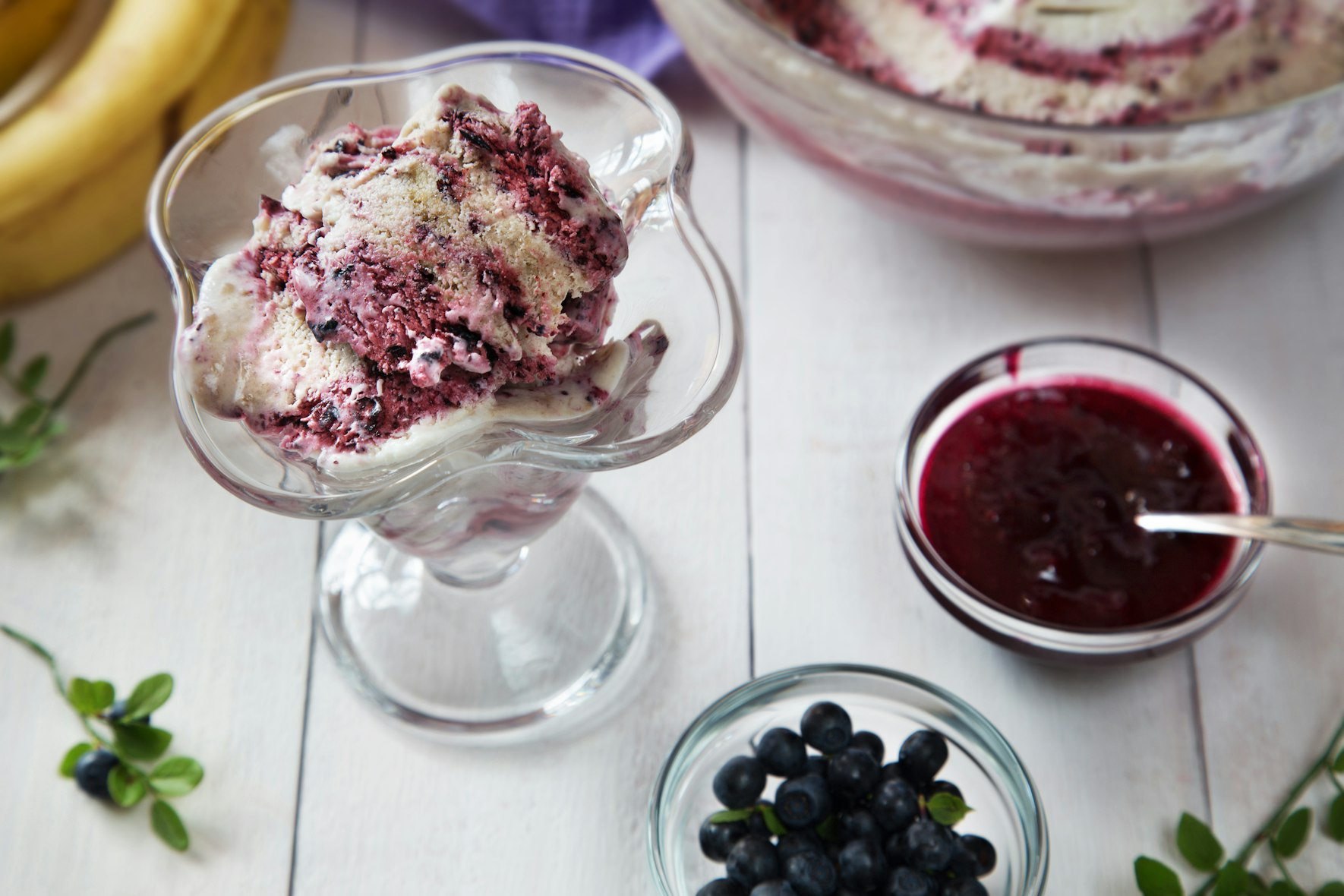
Despite the fat content that slightly slows digestion, these desserts are still packed with added sugars that spike your blood sugar—especially in larger portions.
Upgrade to: Greek yogurt topped with a few berries and a sprinkle of cinnamon. The protein and probiotics support gut health and stabilize glucose.
6. Sweet Breakfast Cereals
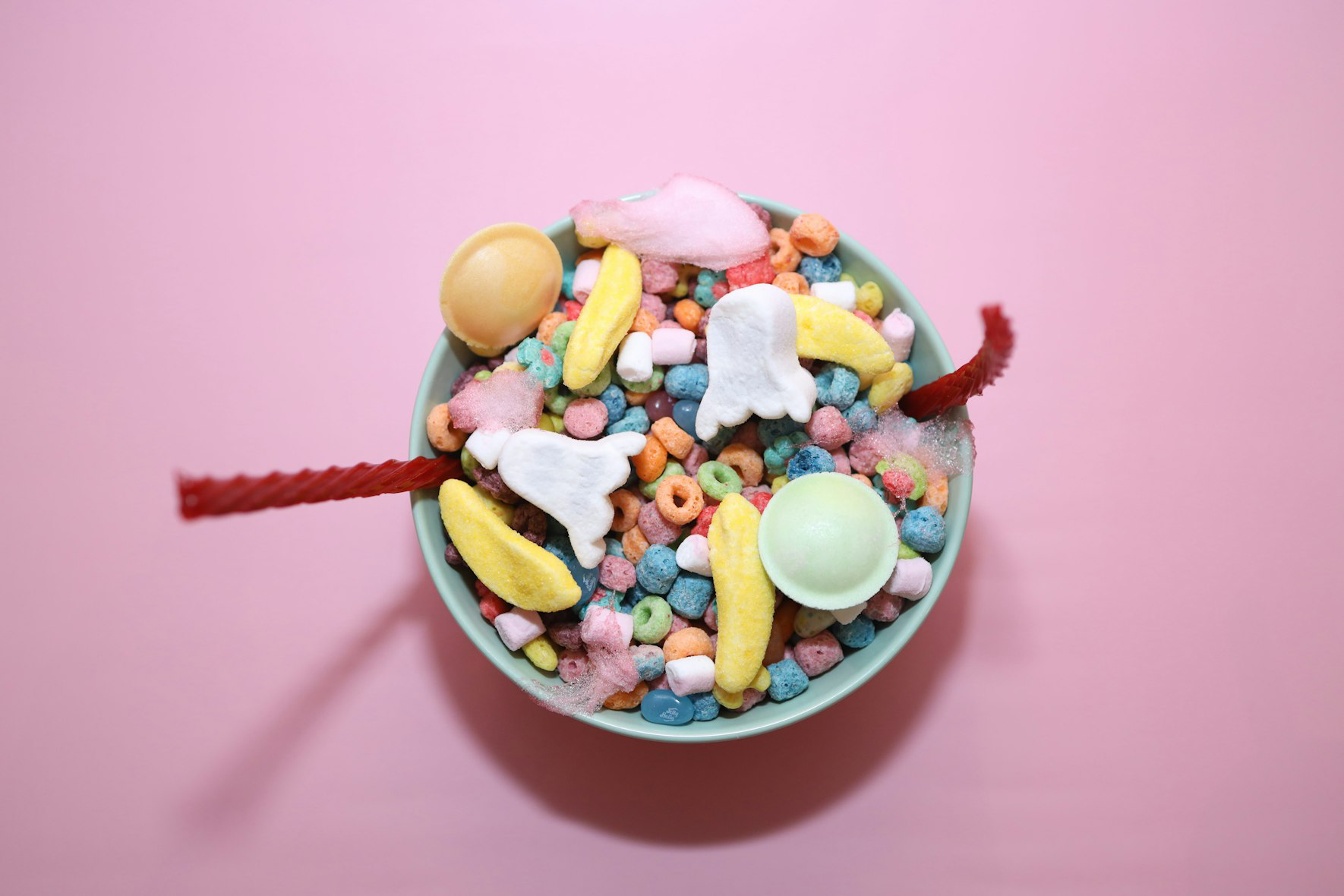
Even cereals marketed as “heart healthy” or “natural” often contain multiple forms of sugar and refined grains. They can spike you just as badly as a candy bar.
Alternative: Make your own oatmeal and add chia seeds, cinnamon, nuts, and a boiled egg on the side. The fiber and fat slow the release of glucose into your bloodstream.
7. Fruit Smoothies and Açaí Bowls
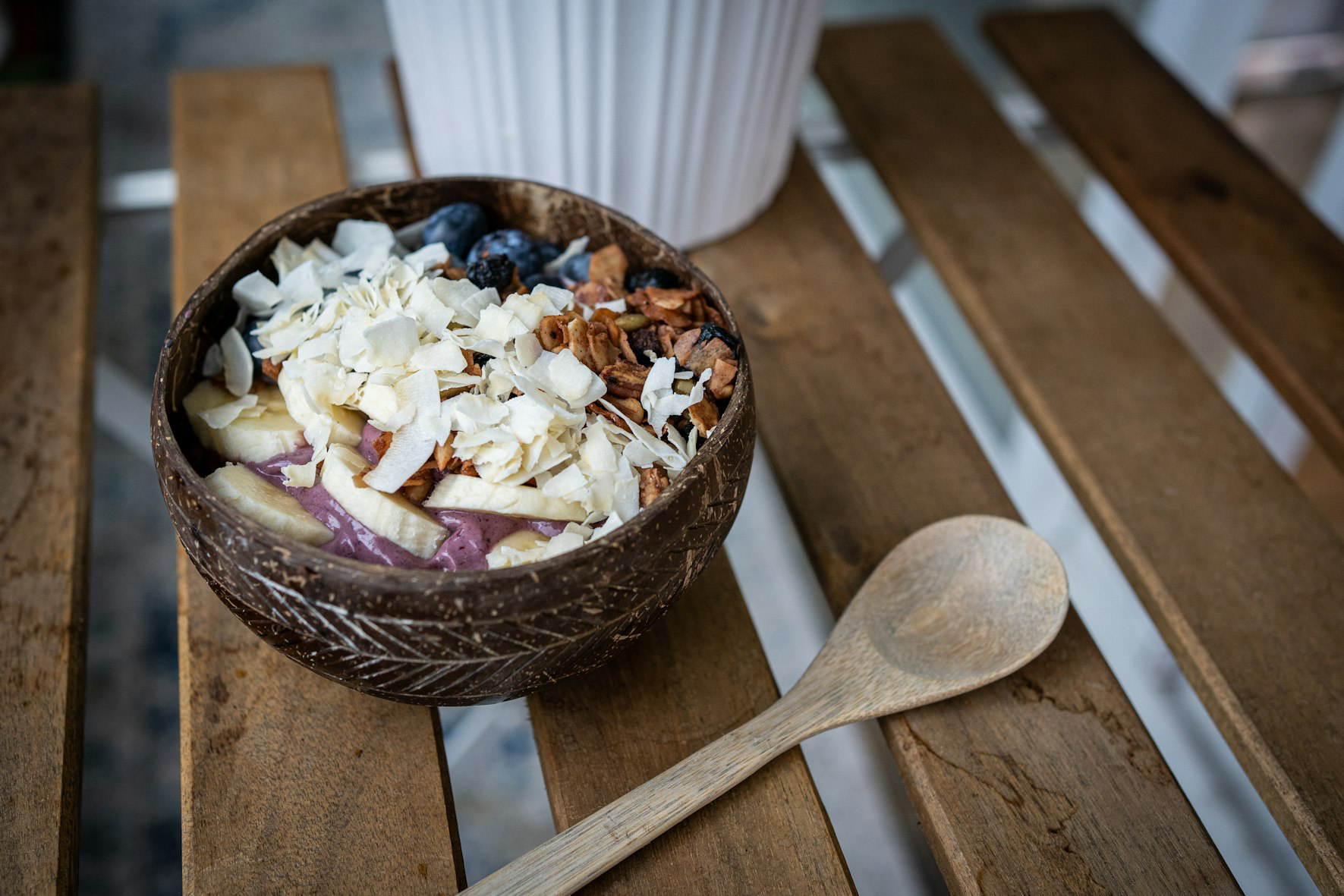
While fruit is healthy in whole form, smoothies often concentrate sugar and strip out the fiber. Add in fruit juice or honey and you’re drinking what might as well be liquid sugar.
Pro tip: Blend whole fruits with leafy greens, avocado, nut butter, and a scoop of protein powder. Limit the fruit to one portion and always keep the fiber intact.
8. Crackers, Pretzels, and Other Processed Snacks
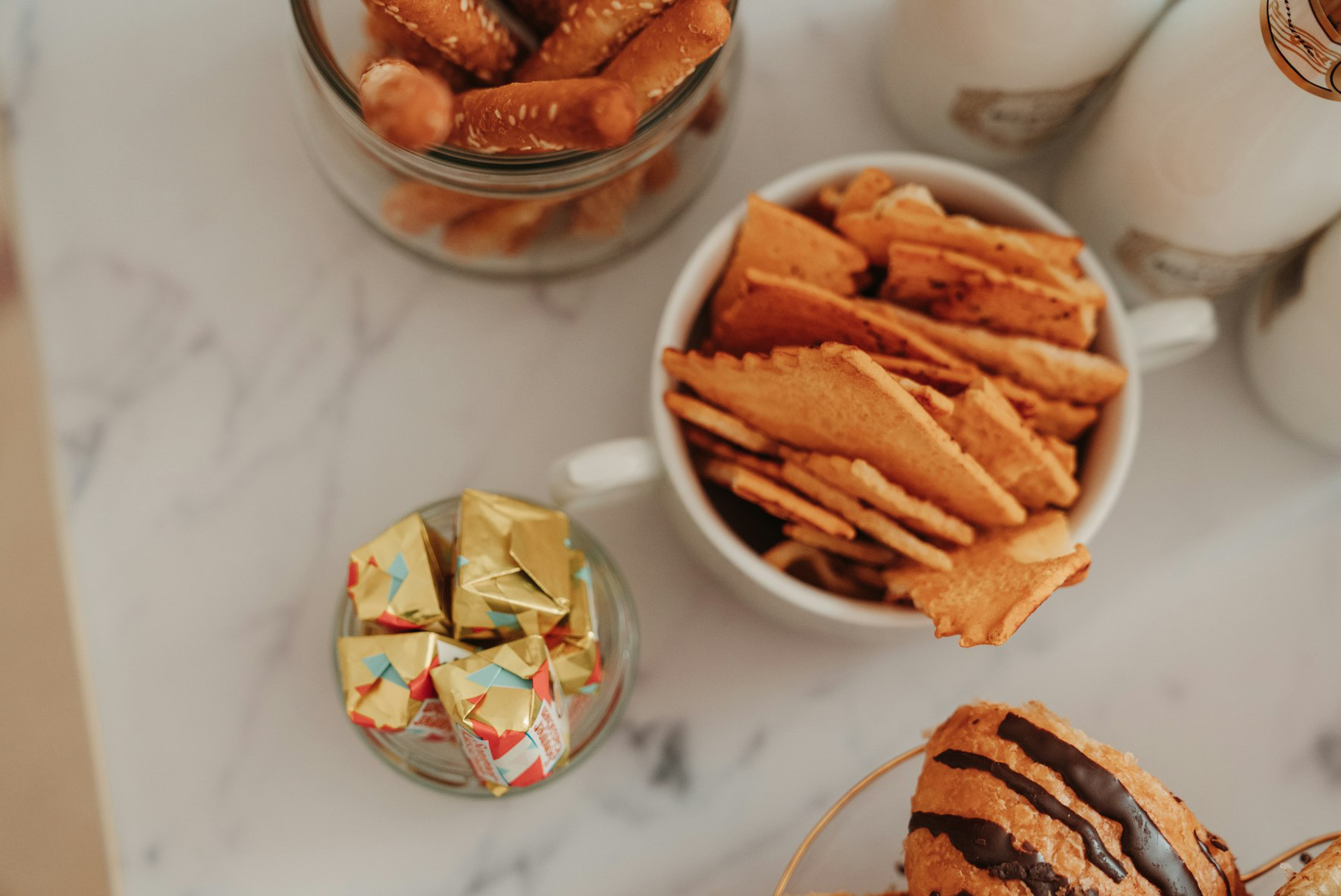
They may seem like harmless snacks, but refined starchy foods digest rapidly and spike your glucose with little to no nutritional value.
Snack smarter: Go for roasted chickpeas, cheese with cucumber slices, or nut-based crackers with guacamole.
9. Cookies, Muffins, and Commercial Baked Goods
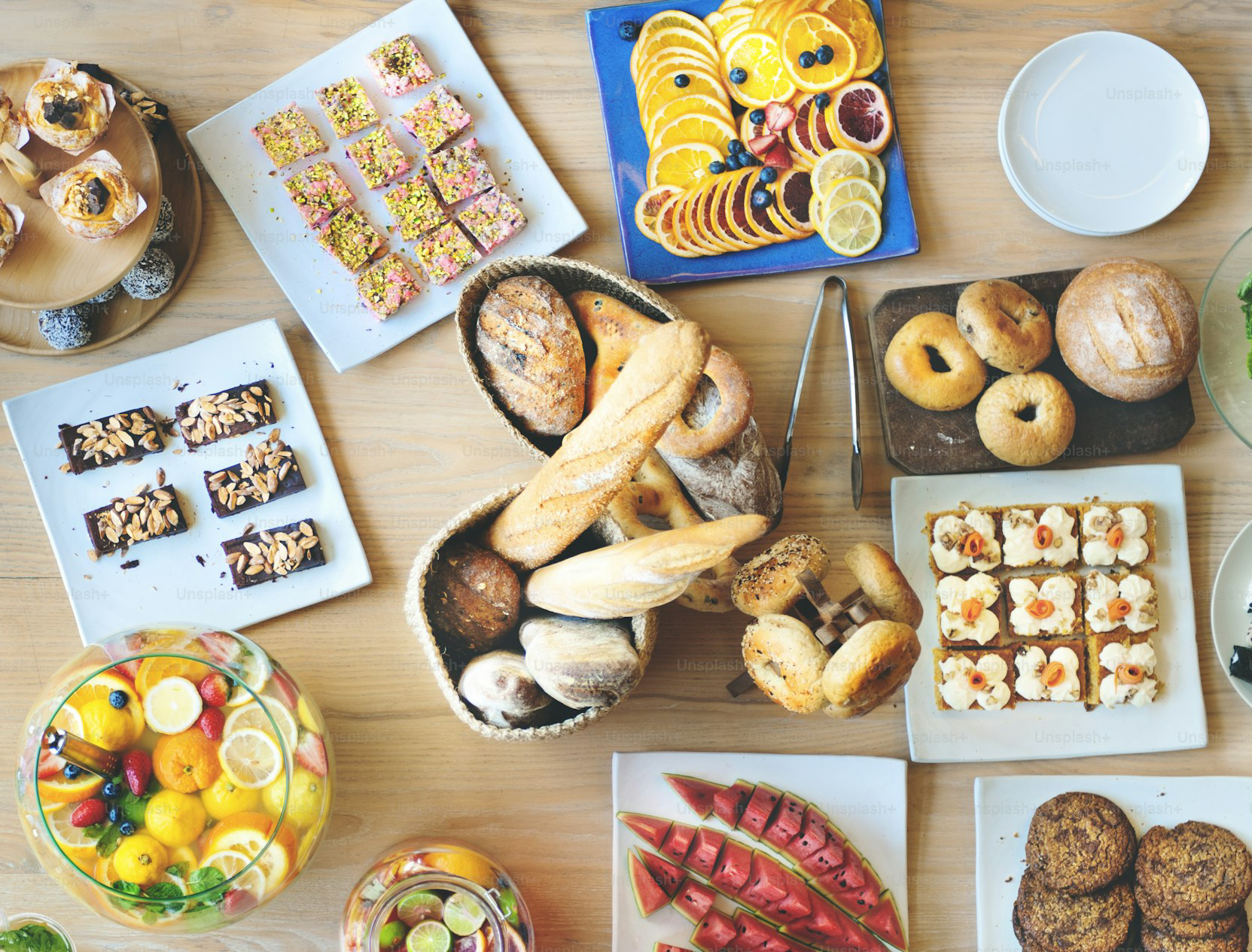
These items often combine white flour, sugar, and unhealthy fats—making them ultra-processed and particularly damaging to your glucose levels.
Bake better: If you’re craving baked goods, make your own using almond flour, coconut flour, or oats, and sweeten with mashed banana or stevia.
10. Sweet Condiments (Ketchup, Teriyaki, BBQ Sauce, Jam)
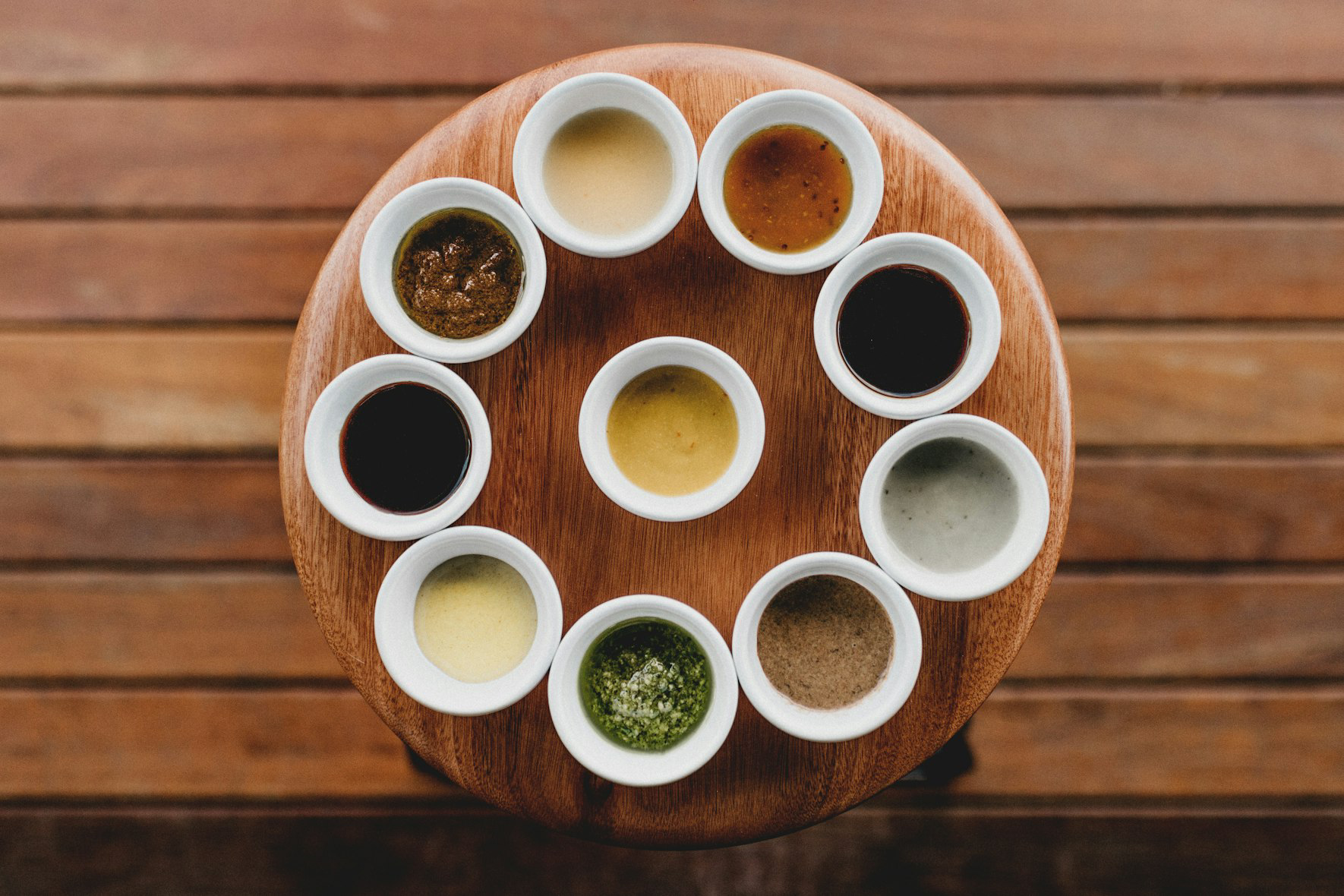
These condiments can sneak in large amounts of sugar—sometimes more than a cookie. Even small portions can lead to sharp spikes.
Control your condiments: Use mustard, hot sauce, vinegar-based dressings, or homemade versions with no added sugar. Always read labels carefully.
Smarter Alternatives & Hacks
| Food to Swap | Better Choice | Why It Helps |
|---|---|---|
| Soda / Juice | Water, unsweetened tea | No added sugar, no spike |
| Pastries | Whole-grain toast with avocado | Slower digestion, healthier fats |
| White bread | Sprouted-grain or Ezekiel bread | Lower GI, more fiber |
| White rice | Brown rice, quinoa, cauliflower rice | Reduces carbs and raises fiber |
| Ice cream | Greek yogurt + berries | More protein, less sugar |
| Sweet cereal | Oatmeal with nuts & cinnamon | Adds fiber and stabilizes glucose |
| Smoothies | Whole fruit + nuts | Keeps fiber intact, slows absorption |
| Crackers | Seed/nut-based crackers | Better fats, more satiety |
| Muffins & cookies | Energy balls (oats, dates, nuts) | Controlled carbs, natural sweetness |
| Sweet condiments | Homemade vinaigrettes | Transparent ingredients, no hidden sugar |
How to Spot & Handle High-Glycemic Foods
- Read labels: Look for added sugars, especially in “natural” products.
- Pair smartly: Combine carbs with fat, fiber, and protein to slow glucose absorption.
- Listen to your body: Pay attention to how you feel 30–60 minutes after eating.
- Use CGM data if possible: Real-time feedback can guide your personal food choices better than general rules.
Final Thought
You don’t have to give up all your favorite foods—but you do need to understand how they impact your body. By being mindful of portion size, ingredients, and pairing strategies, you can enjoy meals without the blood sugar rollercoaster. Ultimately, using tools like CGM data empowers you to build a way of eating that keeps your energy steady, your cravings in check, and your metabolism on track.